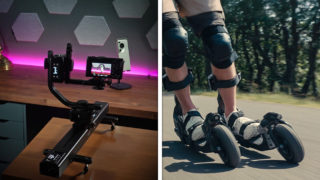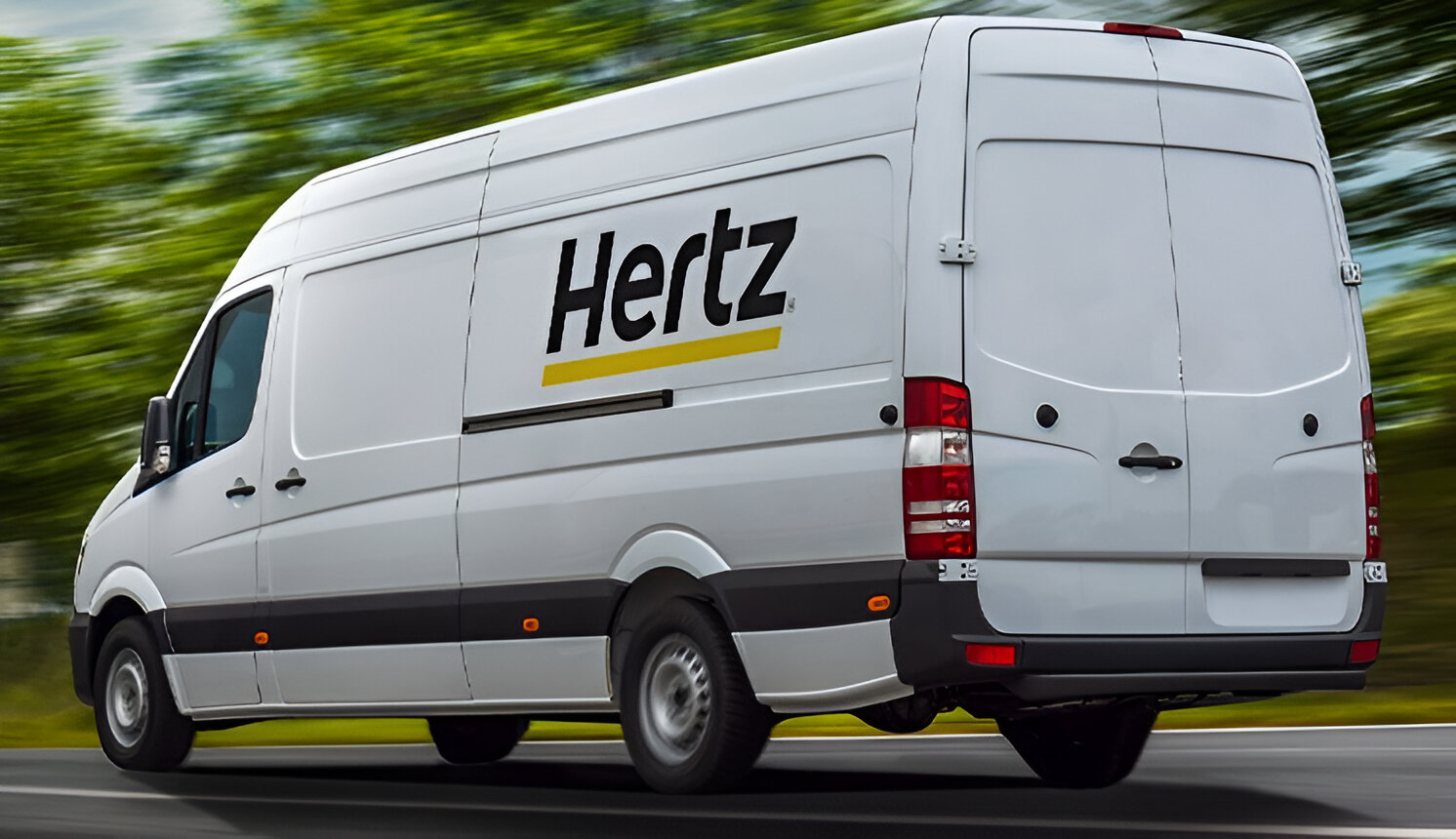Those endless hours wasted waiting for dial-up connections are gone forever. Remember the screeching modem sounds? Silent WiFi has mercifully replaced them, freeing up phone lines in the process. Job hunters have abandoned pounding pavement with paper resumes, now sending digital applications to hundreds of companies within minutes. Even those bulky answering machines, once fixtures on kitchen countertops, have disappeared into tech history.
Digital solutions have erased these daily frustrations while introducing entirely new ones we never could have imagined.
20. Glamour Shots

Remember when mall studios turned regular folks into glam rock stars? Glamour Shots had photographers draping customers in fancy getups after caking on makeup and teasing hair to the heavens. Their trademark soft-focus camera tricks blurred every zit while strategic lighting hid double chins. Sessions ran about 90 minutes and set you back $29.95 to $49.95 for the basic package. Moms everywhere swapped their boring family portraits for these jazzed-up versions, proudly displaying their feather boa fantasies in living rooms across America. Each session let you play dress-up with multiple outfits – those sequined accessories were hot stuff! Those mall portraits you laugh at in your parents’ home today once employed thousands before selfies made everyone their own glamour photographer.
19. 35mm Film Cameras

Taking pictures used to be serious business before digital cameras came along. Loading film was like defusing a bomb – one wrong move and bye-bye to your entire roll. You got just 24 or 36 shots per roll, so you couldn’t just snap away like a maniac. Then you’d wait anywhere from one hour to several days to see if your vacation pics turned out decent or if your thumb photobombed everything. No preview screens meant every shot was a gamble. Light leaks, focus fails, and exposure mess-ups ruined countless priceless moments. Photo nerds carried little notebooks to jot down settings since you might wait weeks to see results. That nail-biting wait taught a patience that today’s instant-gratification photography crowd will never understand.
18. Blockbuster Videos

Blockbuster ruled movie nights with a staggering 9,094 stores worldwide at its peak. These blue-and-yellow temples of entertainment made renting movies a whole experience with bright lights and rows of tempting VHS cases. New releases cost about $3.49 for two nights, while older flicks were cheaper. Friday nights turned stores into social hotspots where families argued over which movie to grab. Getting a membership card felt like joining an exclusive club – just don’t forget your ID and credit card! Those “Be Kind, Rewind” stickers weren’t just cute – skip rewinding and you’d get slapped with $1-$2 fees. While you stream endless options now without leaving your couch, you’ve totally lost that victory rush when grabbing the last copy everyone wanted.
17. Favorite TV Show Rituals

Back in the day, TV networks controlled exactly when you could watch your shows – miss it and you were totally out of the loop. The biggest hits pulled in 20-30 million viewers per episode, making today’s streaming numbers look pathetic. NBC’s “Must See TV” Thursdays were practically national holidays with Friends, Seinfeld, and ER dominating water cooler talk. Sure, you could VCR it, if you could figure out how to program the darn thing. The week between episodes had everyone cooking up theories about what might happen next. Miss your favorite show and you’d be socially radioactive the next day at work or school. Networks saved their best stuff for “sweeps months” (February, May, and November) when ratings determined ad rates. No streaming service can recreate that collective buzz no matter how many watch parties you organize.
16. Commercial Break Dash

TV commercial breaks created mini-timeouts that became crucial for getting stuff done without missing your show. Networks crammed in 8-12 minutes of ads per hour, split into 2-3 minute chunks throughout the program. These breaks were like starting pistols for a household Olympics – bathroom dash, snack grab, quick phone call. Bathroom trips evolved into precisely timed sprints that got faster as shows built toward cliffhangers. Remote controls let you channel surf during commercials, but you risked missing when your show came back on. Super Bowl ad breaks were extra long, with each spot averaging 30 seconds and costing a fortune. VCRs let you skip commercials if you recorded shows, but it was a pain to fast-forward accurately. Your ability to grab chips between scenes was practically an Olympic sport that streaming has made totally obsolete.
15. Answering Machine Messages

Answering machines provided the first widely accessible asynchronous voice communication before digital voicemail existed. These desktop devices used standard cassette tapes with 30-45 minutes of total recording capacity for both outgoing and incoming messages. Messages typically limited callers to 30 seconds before automatic cutoff to preserve tape space. The physical machines featured prominently in home entryways or on kitchen counters, with blinking lights indicating message status from across the room. Owners regularly maintained these devices by rewinding tapes and erasing old messages to prevent overflow. Businesses sold specialized tapes with longer durability ratings for handling frequent recordings and playbacks. Personalized outgoing messages became minor art forms, with some households regularly updating seasonal greetings or humorous content. The gradual transition to digital voicemail systems began in the late 1990s, with physical answering machines largely disappearing from homes by 2010 as cellular phones became primary communication devices.
14. Cassette Tape Mixtapes

Making mixtapes was a genuine labor of love compared to today’s playlist-in-seconds world. Cassettes came in 60, 90, or 120 minute versions, and you needed serious planning skills to fit everything just right. Recording happened in real-time – a 90-minute tape literally took 90 minutes plus planning time. You had to hook up all your stereo gear correctly and babysit the levels to avoid distortion. Music nerds developed elaborate systems for song orders, creating emotional journeys that flowed perfectly. Timing things right so songs didn’t cut off at tape ends was a skill that took practice. Good blank tapes from Maxell or TDK set you back $3-$5 each – not cheap! The real personal touch came from decorating the insert cards with song lists and little messages. No Spotify playlist will ever match that butterflies-in-stomach feeling of handing someone a perfect mixtape.
13. Pay Phone Booths
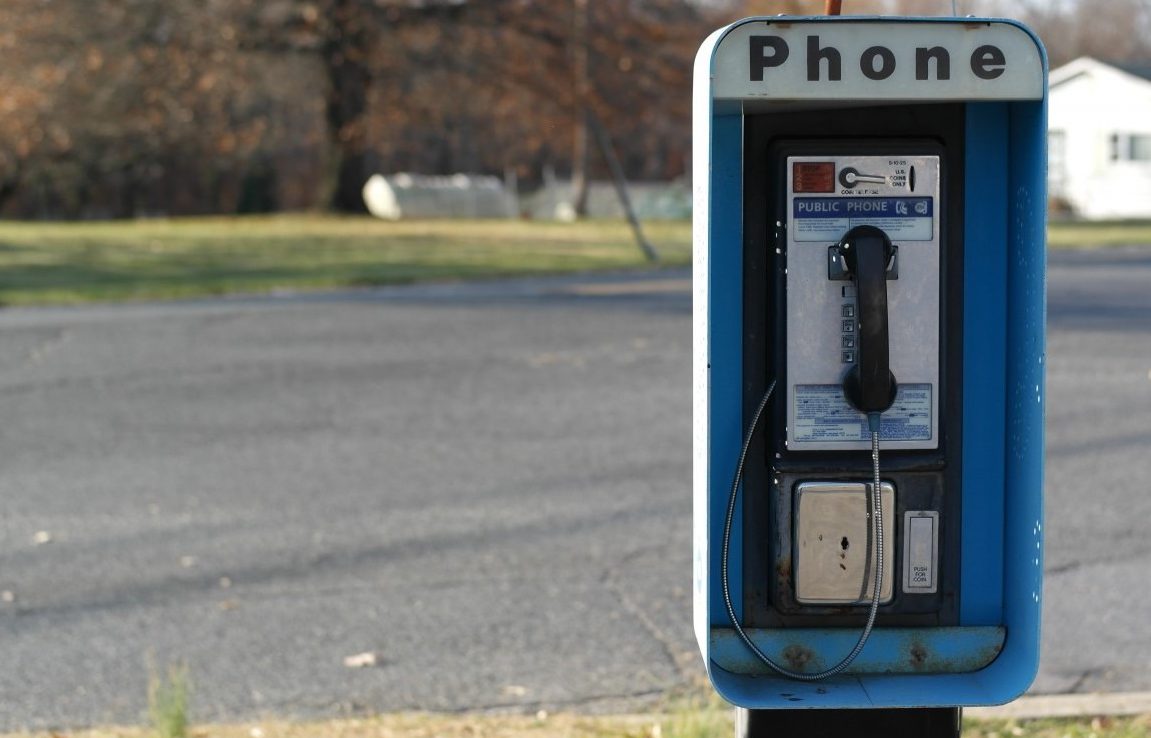
Pay phones were like prehistoric cell phones scattered throughout cities for everyone to share. Local calls cost a quarter (25 cents) for about three minutes of chat time – long distance would eat your coins faster than Pac-Man. Big cities were loaded with them, with New York housing a crazy 35,000 public phones at its peak. Many had those chunky phone books chained to them so you could look up numbers before dialing. The phones themselves were built like tanks – metal casings with practically indestructible handsets on armored cords. City phones were constantly battling vandalism – busted keypads, missing receivers, and some truly creative graffiti. Prepaid calling cards came along in the 90s so you didn’t need a pocket full of quarters. The Superman-changing-booth may be gone, but you can still spot these relics in airports—just don’t expect that quarter to work anymore.
12. Phone Book Delivery

Before Google, those massive phone books were literally how you found stuff. These info bibles showed up yearly, with bigger cities getting updates every 6-12 months as people moved around. White pages listed regular folks alphabetically while yellow pages grouped businesses by what they did. City phone books were monsters – 500-1,000 pages and heavy enough to use as doorstops or booster seats for kids. Businesses paid big bucks for flashy ads, with decent-sized ones costing hundreds of dollars monthly. Market research showed that 75% of adults actually used these giant paper dinosaurs regularly in the early 90s. Some neighborhoods got special directories for nearby towns or business-specific listings too. Before Google solved every “where to find” question, your fingers actually did walk through those yellow pages—and sometimes got papercuts in the process.
11. The Millennium Bug

Y2K panic stemmed from a shortsighted programmer decision to save precious memory space decades earlier. Computer geeks used two-digit year codes, meaning systems might think “00” was 1900, not 2000. Banks spotted major problems in systems handling everything from ATMs to interest calculations. Fixing this mess cost a whopping $300 billion worldwide as companies and governments scrambled before the big calendar flip. News outlets had a field day with doomsday scenarios – power grids failing, planes dropping from the sky, bank accounts vanishing. Some folks went full prepper mode, stockpiling canned goods and water, withdrawing cash, and preparing for tech apocalypse. When January 1, 2000 arrived with barely a hiccup, everyone felt either relieved or ripped off. Y2K was basically our first tech doomsday panic—a dress rehearsal for all the digital freak-outs we now have regularly.
10. Dial-Up Days
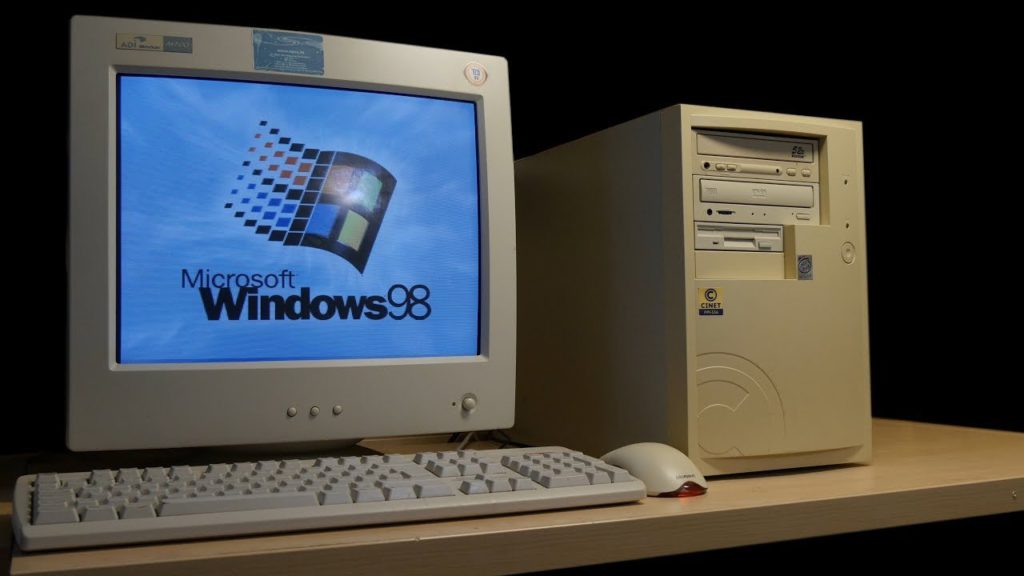
Dial-up technology provided internet access at speeds now considered unusably slow by contemporary standards. Connections operated at 56Kbps maximum (frequently slower in actual use), approximately 1/1000th the speed of basic modern broadband. The connection process produced distinctive electronic tones lasting approximately 20 seconds that became instantly recognizable in households nationwide. Web designers minimized image usage for dial-up compatibility, creating pages under 50KB compared to today’s multi-megabyte sites. Using telephone lines for internet meant sacrificing voice calls during connection time. Families created detailed schedules allocating phone line access between internet use and important calls to reduce conflicts. Downloading a single MP3 music file (3-5MB) required 15-20 minutes of uninterrupted connection time. Major service providers like AOL, CompuServe, and EarthLink typically charged $19.95 monthly during the late 1990s. If you ever shouted “Don’t pick up the phone!” while downloading a crucial file, you understand a unique technological anxiety that fiber-optic broadband users will never experience. Speaking of Internet, remember what the Internet in the 90s used to be like?
09. Floppy Disk Storage

Floppy disks were how we moved computer stuff around when most PCs weren’t connected to anything. Those ubiquitous 3.5-inch squares held a tiny 1.44MB of data – enough for a term paper but laughably small by today’s standards. Computer users built collections of labeled disks holding their precious documents and programs. Schools and offices ran computer labs where saving your work meant bringing your own disk. A little sliding tab in the corner prevented accidental erasure if you positioned it right. Big programs came on multiple disks – installing Microsoft Office 97 meant feeding your computer 45 separate floppies one after another. Organized people used labeled storage cases and printed directories to keep track of what was where. Magnets, heat, and physical damage frequently caused heart-breaking data loss. That satisfying click when inserting a floppy remains oddly comforting, even though you’d need 500,000 to back up your phone.
08. Food on the Table

Restaurant menus in the 90s almost never mentioned allergens or offered special dietary options. Surveys showed only about 1-2% of people reported food allergies back then, compared to way more today (better awareness? more diagnosing? who knows!). Fast food joints had zero customization beyond “hold the pickles” – no gluten-free buns or vegan alternatives in sight. Vegetarians basically survived on side salads and fries when eating out, since dedicated plant-based options were rare except in hippie neighborhoods. Recipes came from actual cookbooks and magazine clippings, not frantic Googling “gluten-free paleo keto cookies.” Health food stores were weird fringe places, not mainstream – organic food was less than 1% of food sales in 1990. Family dinners meant one meal for everyone – no special plates for different diets. The phrase “I can’t eat that” has evolved from a simple preference to a detailed explanation about your microbiome that would’ve completely bewildered 90s restaurant servers.
07. Job Hunting in Person

Job hunting before online applications meant pounding the pavement and actually talking to humans. Employment agencies said over 60% of entry-level gigs came through walk-ins during the early 90s. Job seekers hit multiple businesses in one day, carrying folders of printed resumes like door-to-door salespeople. Getting fancy resume copies made cost between $25-50 for 100 sheets of that special textured paper. Many places made you fill out their application forms by hand right there – your penmanship actually mattered! The Sunday newspaper was job-hunting central, with the fattest classified sections of the week. Big companies had actual humans in HR departments reviewing applications instead of software filtering keywords. Following up meant making actual phone calls rather than sending follow-up emails. Looking back, scoring a decent job through a firm handshake seems almost mythical compared to today’s soul-crushing online application systems.
06. Beanie Baby Frenzy

Beanie Babies turned ordinary stuffed animals into a crazy investment craze that looks totally bonkers in hindsight. Ty Inc. cranked out over 1,000 different designs between 1993-1999, but made each one “limited” to create artificial scarcity. Collectors obsessively tracked “retirement” announcements like stock market news, believing these decisions would make prices skyrocket. Some rare models reached insane prices – that Princess Diana bear supposedly sold for $500,000 at the market’s peak (no, really!). Specialized magazines published price guides while “authentication experts” emerged to spot fakes. The bubble burst spectacularly after 1999 when the collector market tanked and Ty flooded stores with too many new designs.
05. Paper Map Navigation
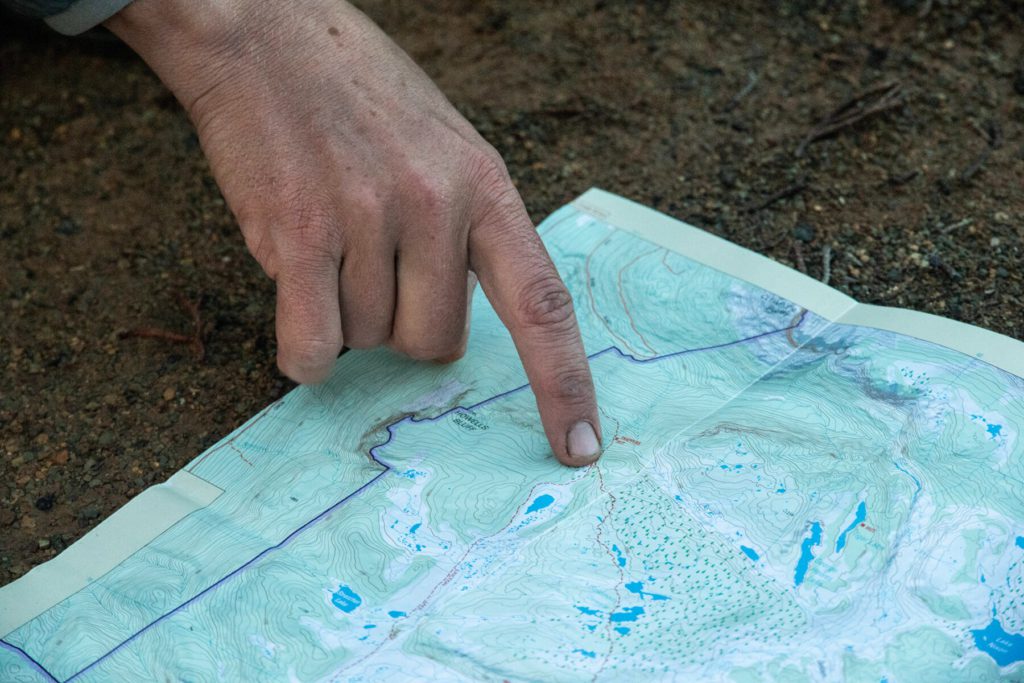
Road trips once required actual planning with paper maps instead of following a GPS voice. AAA hooked up 9 million members yearly with those custom TripTik booklets marking your route. Gas stations sold regional maps for $3.95-$7.95 – essential purchases alongside your snacks. Getting lost meant actually stopping to figure things out, not waiting for recalculation. Navigation involved translating flat paper to real-world driving decisions – a serious brain skill! Planning routes meant considering road quality and traffic without real-time updates. Cities had specialty maps highlighting tourist spots and parking options. Early GPS units arrived in the late 90s but cost over $500 and were less reliable than today’s tech. The art of folding a map while driving with your knees would horrify today’s safety experts almost as much as the arguments it sparked.
04. The Food Pyramid

The USDA’s Food Pyramid dominated 90s health class with its triangle telling us exactly what to eat. Introduced in 1992, this chart recommended a whopping 6-11 daily servings of bread and grains as the foundation of a healthy diet (hello, carbs!). Fruits and vegetables got the middle sections with 2-4 and 3-5 servings respectively. Proteins and dairy were limited to just 2-3 servings each, while fats and sweets topped the pyramid with a “use sparingly” warning. School cafeterias designed menus around these guidelines, serving up pasta, bread, and rice like they were health foods. The pyramid’s distinctive shape showed up everywhere from cereal boxes to textbooks. Those 11 daily servings of bread the government once recommended might explain why your high school jeans no longer fit.
03. Starter Jacket Fashion

Starter jackets were the ultimate 90s status symbol for sports fans with their flashy team logos and satin shine. The company made official gear for all the major leagues – NFL, NBA, MLB, and NHL – covering every pro team a fan could want. These weren’t cheap impulse buys, setting parents back $100-$150 during their heyday. The half-zip pullover style with that kangaroo pocket up front became the must-have design, though full-zips sold plenty too. That glossy satin exterior with quilted lining inside created the signature look that knockoffs couldn’t match. Some schools actually banned these jackets because kids were getting them stolen or fighting over team rivalries. The NFL Pro Line versions were extra fancy with embroidered logos instead of cheap screen printing. Starter went bankrupt in 1999 as fashion moved away from the oversized team logo look. Those vintage Cowboys or Bulls jackets gathering dust are now legit fashion gold – wear one today and watch younger generations marvel at your “ironic” style.
02. Zima Alcoholic Beverage

Coors launched Zima in 1993 as beer’s weird transparent cousin, targeting folks who weren’t into beer’s bitter taste. This crystal-clear booze contained 4.7% alcohol – right between beer and wine coolers on the buzz scale. The rollout was massive, hitting 70% of the U.S. market within three months backed by a splashy $38 million ad campaign. First-year sales exploded with 1.3 million barrels sold, making competitors scramble to create copycat clear malt beverages. The sleek clear bottles with minimalist labeling stood out dramatically among traditional beer packaging. Coors later added flavors like black cherry and citrus to keep the momentum going. College students discovered dropping Jolly Rancher candies in Zima created custom flavors – an early DIY cocktail hack. Zima’s popularity tanked when it got labeled as a “girly drink” compared to beer. Today’s hard seltzers owe everything to this pioneering clear beverage that dared to be different.
01. Hypercolor Clothing

Generra dropped Hypercolor in 1991 with mind-blowing fabric tech that changed colors when it got warm – basically mood rings for your body. The shirts morphed between different colors with body heat, making clothing interactive for the first time ever. Sales hit a crazy $50 million within months as teens and tweens went wild for this novelty. Basic tees cost around $20 – double what normal shirts sold for, but people happily paid the premium for the wow factor. The shirts created visible handprints and color changes wherever someone touched them, turning everyday clothing into a weird interactive experience. The fun didn’t last though – the heat-sensitive dyes crapped out after just 8-10 washes, especially if you used hot water. Wearers quickly discovered that sweaty armpits permanently changed color, creating awkward permanent pit stains. Generra went bankrupt in 1992 despite Hypercolor’s success, unable to solve the technical problems. The magic of watching your friends’ handprints appear on your shirt was a brief, bizarre fashion moment before “smart clothing” meant fitness tracking.




